Picture this: you’re strolling through the grocery store, puzzling over the dates on food packages. Would you know the difference between the “best if used by” date you see printed on a cereal box and the “sell by” label on a pound of chicken? Have you ever been unsure about tossing out the milk, as the sell-by date has passed, but it smells fine? When you’re scanning your pantry, eyeing the dates printed on your canned food, do you truly know how fast your non-perishables will perish? And what about frozen food—does the freezer freeze time? Is that cake leftover from your birthday party months ago still good?
If any of these scenarios have given you pause, you are not alone. According to a 2019 study published by Waste Management, over 80% of Americans are confused by these “expiration dates” or labels on food products and generally interpret them as indicators of when food will spoil or become unsafe to eat.
However, the dates printed on food packaging aren’t always expiration dates, and if you’re among the majority who believe they are, you might be throwing away perfectly edible food.
Much of this confusion stems from inconsistent labeling practices. Apart from infant formula, the FDA doesn’t impose strict regulations on product dating, leaving it up to the discretion of individual food companies on how they want to label their products. Typically, dates like “sell by” or “best if used by” are provided by food companies to indicate peak quality rather than safety to consumers and retailers.
Why does this matter? The United States leads the world in food waste, with Americans discarding approximately $218 billion worth of food each year. In an economy where grocery shopping often feels like highway robbery, most families simply cannot afford to throw away good food.
Linda Kozlowski, director of COD’s Fuel Pantry said this food dating practice is used by food companies to increase sales.
“Sellers want you to buy more, so they try to trick you into getting rid of your food early by labeling the food with misleading dates,” Kozlowski said. “But often, the food is still perfectly good to eat beyond those dates, and understanding these dates is crucial, so you don’t waste the money you spent on groceries.”
The large quantity of edible food we throw away, estimated at 30–40% of all food in the United States by the U.S. Department of Agriculture, could feed the millions of Americans who struggle with food insecurity, including 1 in 7 adults and 1 in 5 children.
Food waste also has significant environmental impacts. According to Food Waste in America 2024, Americans discard about 80 billion pounds of food annually, all of which ends up in landfills, where it decomposes and emits methane, a greenhouse gas 10 times as potent as carbon dioxide, that contributes to climate change.
And let’s not forget about the plastic waste associated with packaging all that wasted food. While exact figures may vary, it’s estimated that a substantial portion of the approximately 8 million metric tons of plastic entering the oceans each year originates from food packaging and related materials, posing serious threats to marine wildlife and ecosystems.
So how do we know when food is expired? Consider printing out and consistently checking the Gleaner’s cheat sheet for deciding how long foods can safely be stored before use instead of abiding by the dates printed on the food product. If you’re like me, some things may surprise you, such as the fact that eggs are often good for several weeks beyond their “expiration date,” and milk is good for about a week past its sell–by date when stored properly.
If that feels a little too old school for you, consider downloading the FoodKeeper App. The app, recommended by Kozolwoski, was developed by the USDA’s Food Safety and Inspection Service in collaboration with Cornell University and the Food Marketing Institute to educate consumers on proper food and beverage storage. The app aims to help consumers optimize the freshness and quality of their groceries, reducing food waste and saving you money on groceries! So next time you’re contemplating how to handle that carton of eggs nearing their best-by date or that fancy French yogurt you forgot about in the back of the fridge, consider turning to the FoodKeeper App for expert advice!
As both the experts (and my mother) always advise, trust your senses! If it looks, smells and tastes OK, it’s probably fine to eat. You can always cut off what you don’t like. You don’t have to throw away an entire apple if it’s bruised or a block of cheese if the ends get dry.
Other than understanding when our food expires, what else can we do as individuals to make a difference in the amount of food waste we generate? It starts with being mindful consumers, and there are several helpful strategies you can implement.
First, you can plan your meals and make a shopping list in advance to avoid buying too much and ensure you only get what you truly need.
Store your food properly by keeping it at the right temperature and use older items before newer ones to make them last longer and reduce spoilage. If you have extra food that won’t be eaten right away, consider freezing it for later use, and labeling the container with a date and description so you don’t end up with a mystery meal.
You can also start a compost bin for disposing of organic waste, such as fruit and vegetable scraps, coffee grounds and eggshells. If you don’t have the yard space, you can start a small compost bin in an apartment or a house, which can improve indoor air circulation and help potted plants to grow, according to this beginner’s guide to composting published by Green Coast.org.
If you have food you won’t use but is still safe to eat, consider donating it to COD’s food pantry! Our college food pantry, like many others nationwide, plays a crucial role in addressing food insecurity within our community. They rely on donations to keep their shelves stocked and support students in need.
“Every can of soup or box of pasta makes a difference,” Kozlowski said.
Don’t hesitate to bring in items for donations, even if they’re past the sell–by date—the pantry won’t accept spoiled food, but they welcome items that are safe to consume, even if slightly older. Your contribution could significantly impact someone facing food insecurity.
For more food donation safety tips, see this article by the FDA: Surplus, Salvaged, and Donated Foods.







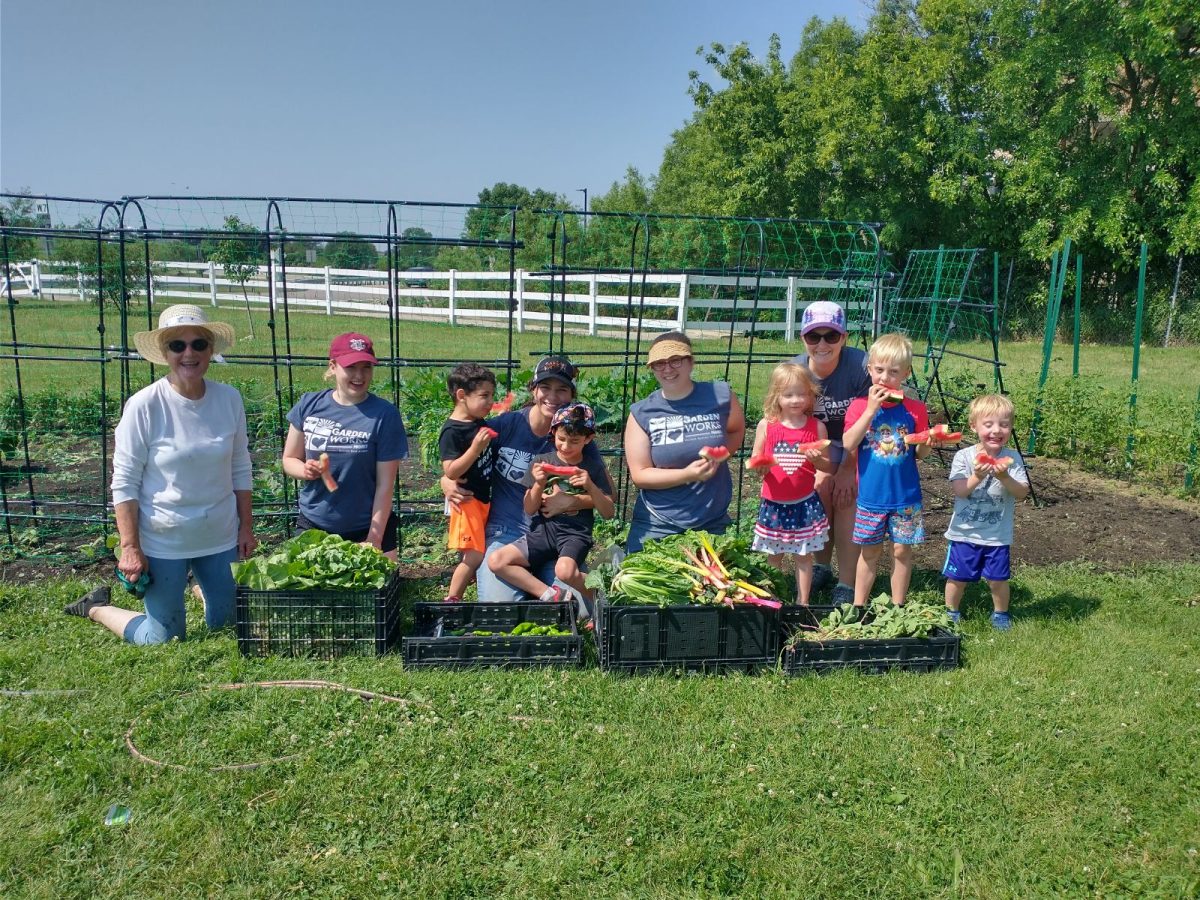





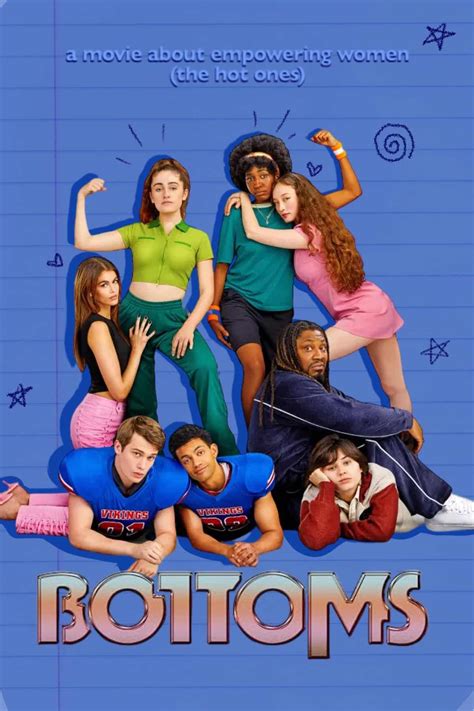
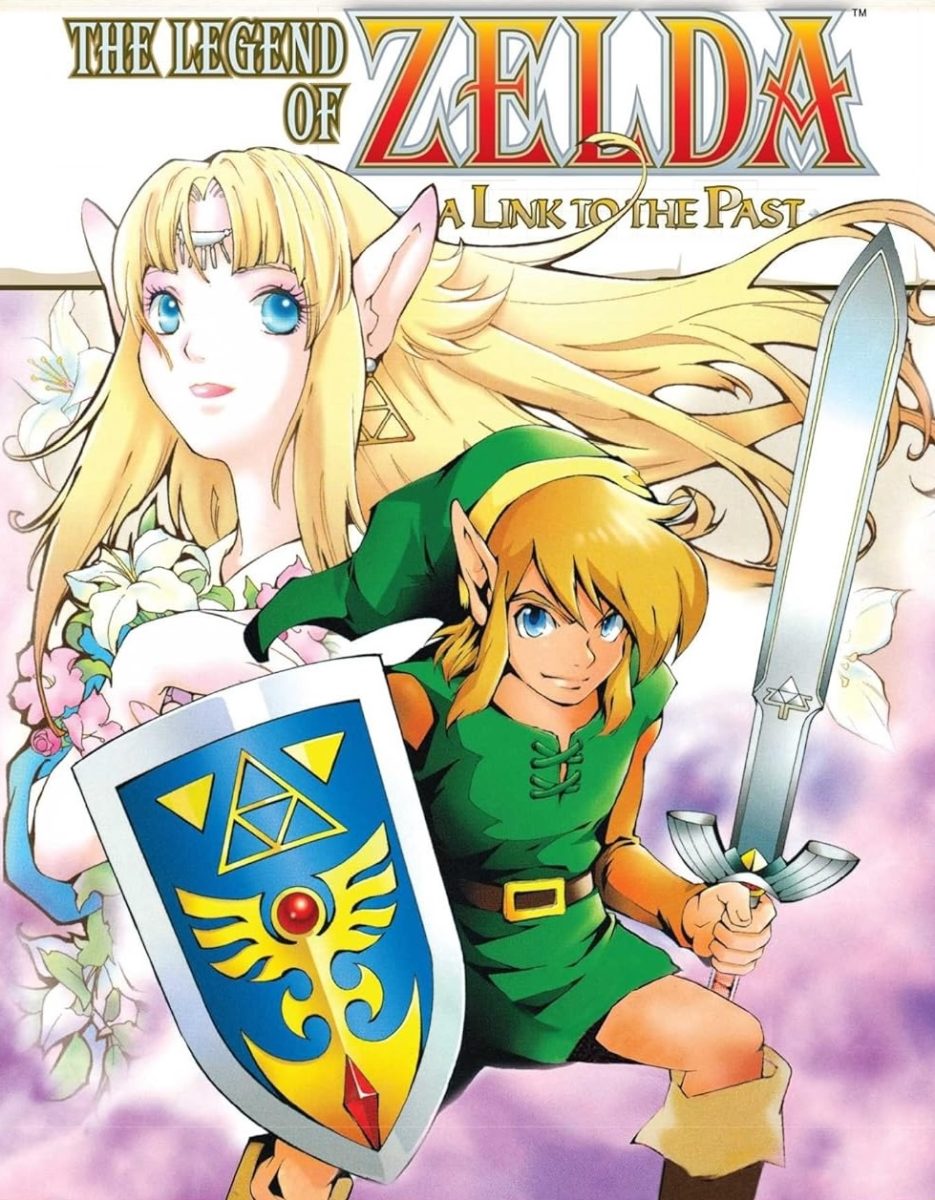

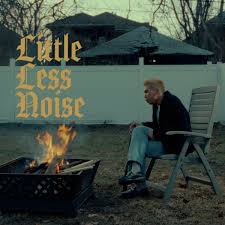




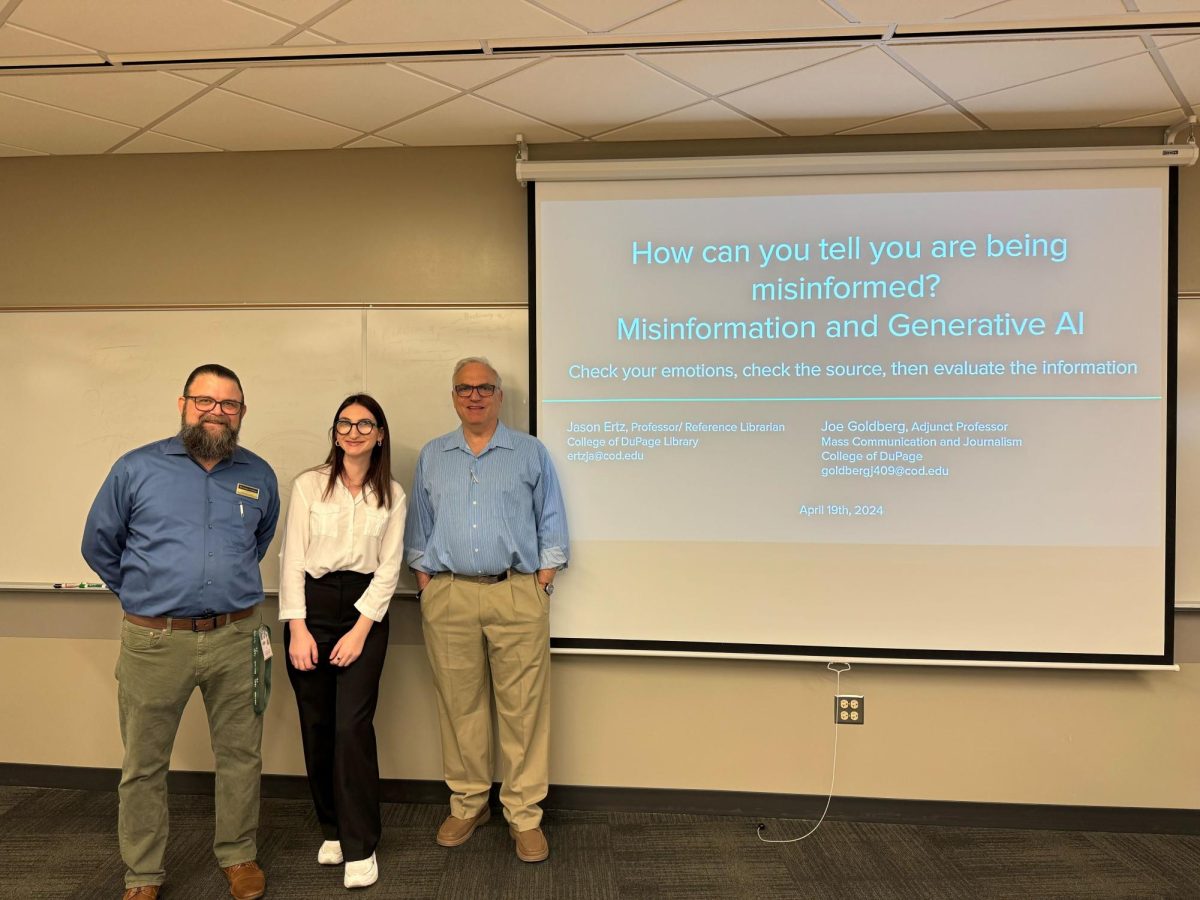


Kathy Spencer • Mar 8, 2024 at 12:56 pm
Great article by Marley Hamil! It was well researched and offered many practical ideas for reducing food waste. Thank you..